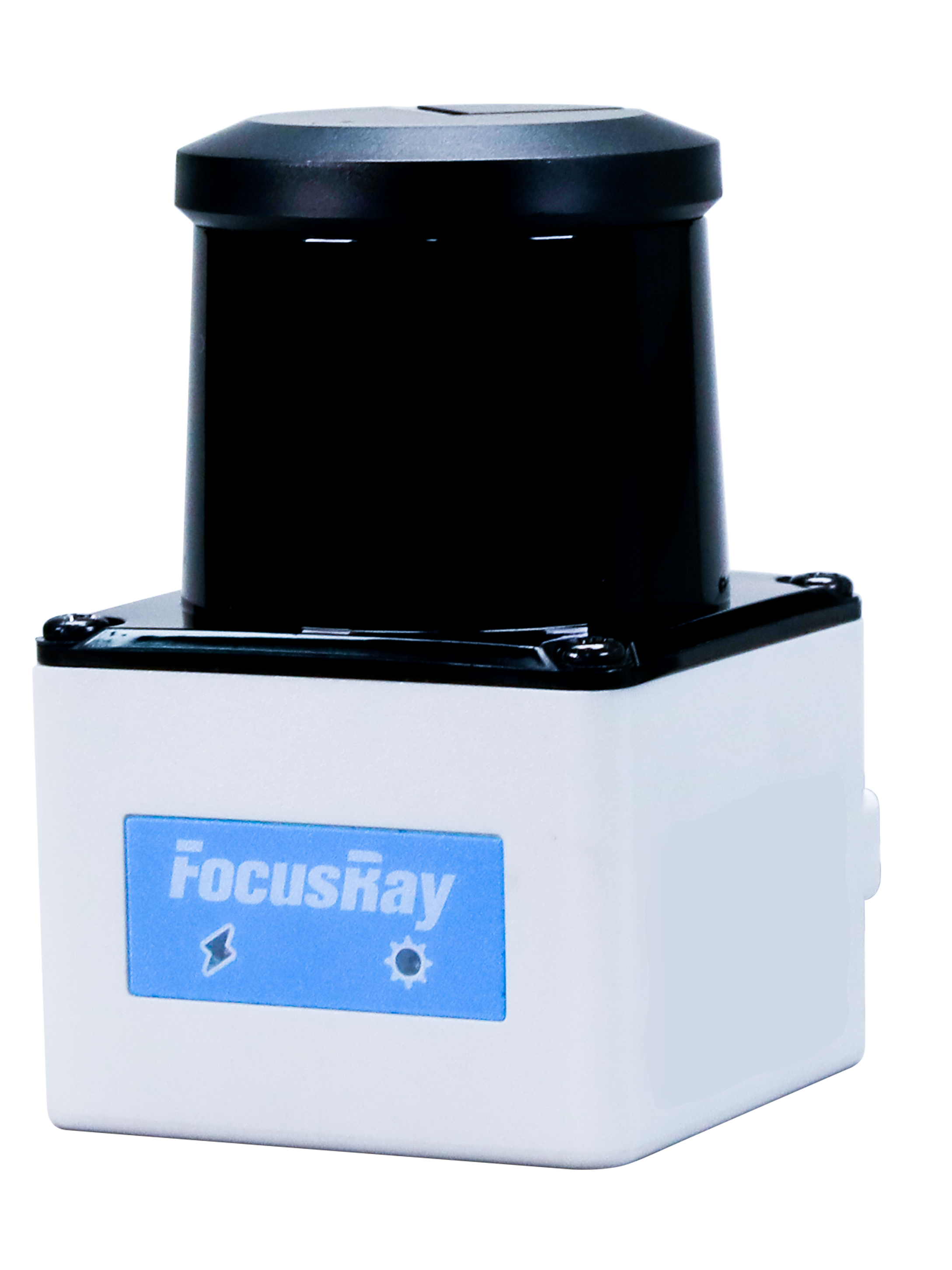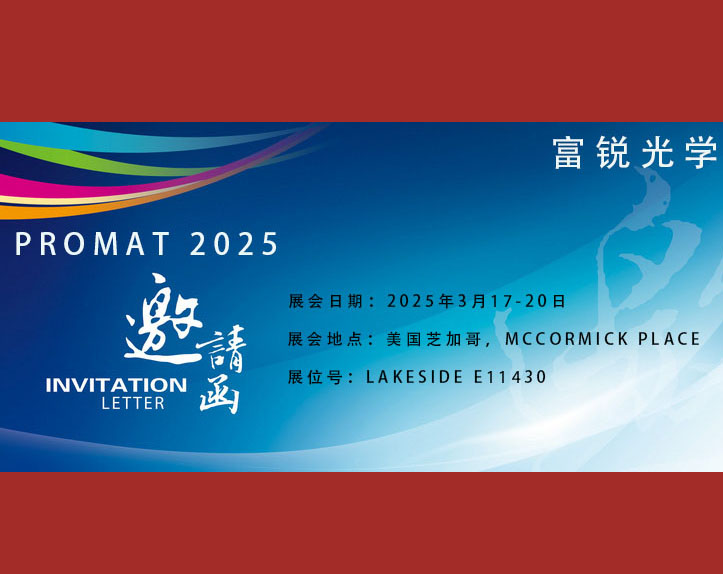Recently, Shandong Free-optics launched a LiDAR sensor product for AGV and industrial measurement through an online press conference.

This product utilizes non-contact energy transmission technology and optoelectronic communication systems to achieve non-contact, high life 360 ° radar scanning; By utilizing high-precision TOF ranging technology and high-density spatial luminescence distribution technology, high-resolution precise scanning imaging with an angle resolution of 0.014 °, full reflectivity, full temperature, sub centimeter level ranging system error, and data jitter less than 12mm (1 sigma) was achieved.
Fu Chen, co-founder and Chief Technology Officer of Shandong Free-optics, stated: The application scenario of laser radar is not limited to autonomous driving. The demand for high-precision and long-life measurement level laser radar sensors in the industrial and high-end AGV fields has always been very urgent. However, these markets have long been occupied by overseas manufacturers, but domestic domestic domestic brands are catching up. Domestic manufacturers have strong cost advantages and are stepping up to make up for their shortcomings in research and development, performance, service, and quality. We see that domestic manufacturers have been occupying these markets The trend of substitution is becoming increasingly apparent.
It is reported that the LiDAR product launched by Shandong Free-optics is superior to imported products in key indicators such as measurement accuracy, stability, and cost-effectiveness; At the same time, it also has excellent performance in temperature adaptability, reflectivity adaptability, electromagnetic compatibility and mechanical stability.
Fu Chen revealed that the LiDAR sensor product launched this time is an important layout made by Free-optics in the high-precision single line scanning LiDAR field. Some characteristic technologies in the product (such as temperature insensitive receiving and ranging systems; high stability dense coding technology, contactless spindle technology, new optical receiving structures, etc.) will serve the millimeter level high-precision detection LiDAR and sub centimeter level 3D detection imaging radar sensors that the company is currently developing.
As a leading enterprise in the field of LiDAR sensors, we have a deep insight into the pain points of industrial customers in high-precision detection, positioning, and navigation. The company is planning to integrate LiDAR detection systems with traditional optical imaging and optical interference detection systems, and will gradually launch high-quality, cost-effective LiDAR sensor products that better meet the needs of the AGV industry and high-precision industrial detection applications.
In recent years, China's digital economy has undergone rapid changes, and the process of intelligence has fully unfolded. The AGV market has also entered an explosive period. According to data from the China Mobile Robotics (AGV) Industry Alliance, in 2019, the market size of China's AGV reached 6.175 billion yuan, an increase of 45.2% month on month, with 18 domestic enterprises with revenue exceeding 100 million yuan.
It is understood that Shandong Free-optics is a preferred incubation enterprise under the major strategic project of converting old and new kinetic energy in Shandong Province, and has received strong support from the Shandong Provincial Government. Free-optics was founded in 2017 with the support of the Institute of Semiconductors, Chinese Academy of Sciences, and was jointly founded by domestic first-class lidar and laser experts. The company has a research and development center in Beijing and has the world's only research and development team with semiconductor laser chip research and development capabilities. Its product development has been comprehensively deployed in fields such as mobile robots, intelligent transportation, security, and autonomous driving.
At present, Shandong Free-optics has built a 10000 square meter factory in its manufacturing center in Weifang, with an annual production capacity of 150000 lidars and a production value of over 1 billion yuan. The core product performance indicators of Free-optics are domestically leading, with some key indicators reaching or even exceeding international leading levels.
At present, Free-optics has established contacts with over a hundred various customers, covering multiple industries such as robotics, AGV, unmanned forklifts, transportation, and security monitoring. Manufacturers who are testing and planning to test Free-optics products include Dahua, Sany Heavy Industry, Xinsong, Jike Development, Gaoxian, Ubisoft, Yunji, Zhixing, JD.com, and others.
It is worth mentioning that the production and manufacturing center of Free-optics is establishing a radar performance evaluation and testing institution with authorization and recognition from application manufacturers. Lidar requires extensive testing in different application scenarios, and the existing parameter system is not sufficient to help customers have a clearer understanding of the accuracy level and performance status of the radar. Owning a production factory can quickly respond to the needs of R&D for these testing environments, better control the quality of LiDAR, and better respond to future after-sales needs, truly achieving a system evaluation system for high-precision radar.
He emphasized that, The company always adheres to the principle of measuring farther and having more lines, and using car specifications is not the only development direction of the LiDAR sensor industry. Based on our in-depth understanding of market demand, we have chosen this development path: using measurement, navigation, and obstacle avoidance products to enter the industrial LiDAR market with high requirements for accuracy and environmental adaptability, quickly completing technology and patent accumulation, setting a model, establishing a reputation, and enriching it Product line, gradually forming a complete product ecosystem covering various application scenarios. We will also join the discussion on the final manifestation of LiDAR and jointly explore the best manifestation of solid-state LiDAR and multi-sensor fusion







